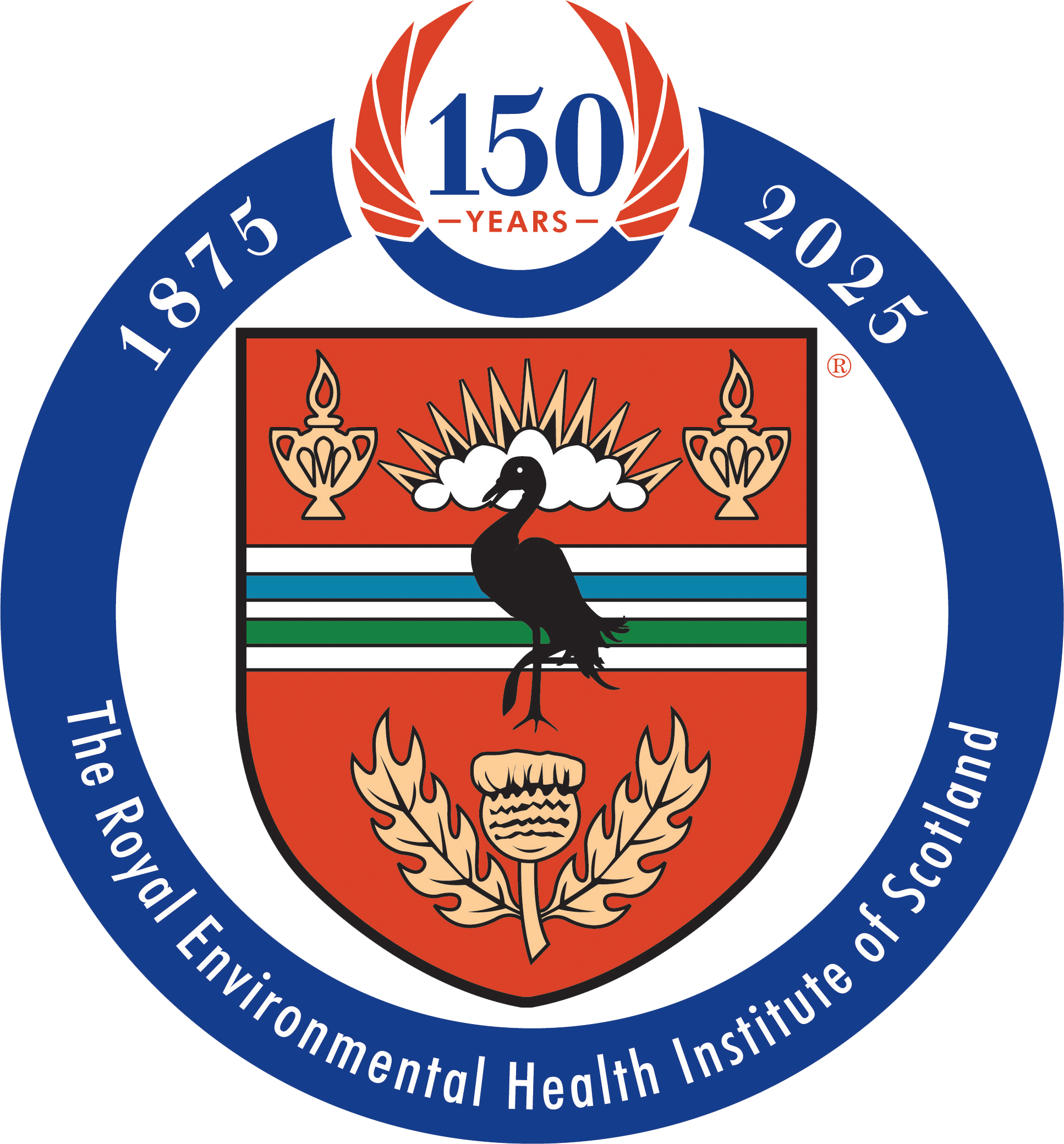A new study has found that Scottish pupils are eating “out of school” foods high in fat, saturated fat and salt at lunchtime.
The study published by BioMed Central (BMC) Public Health Journal examined the food retail environment around five secondary schools in Glasgow. The pupils purchasing behaviour in local shops was observed by researchers.
Samples of the most popular foods were then purchased by the researchers and assessed for nutritional content, including energy, total and saturated fat, and salt. This was compared with the nutrient standards for school lunches established by the Scottish Government.
The number of outlets within a 10 minute walk from each school ranged from five to 30. The outlets included fish and chip shops, kebab shops, convenience stores, newsagents, bakeries, mobile catering units, cafés, pizzerias, sandwich shops and supermarkets.
Nutritional analysis of 45 savoury food items purchased was conducted by laboratory staff. The analysis found four-fifths of the foods purchased by secondary school pupils contained either too much fat, saturated fat or salt.
In addition, of the foods analysed, 58% exceeded total fat recommendations, 64% exceeded saturated fat recommendations and 42% had too much salt. 49% of the samples exceeded the recommended calorie intake of 664 calories, with the worst offenders being a doner kebab and chips containing 1,314 calories per portion.
Lunchtime offers and other marketing strategies targeting school pupils were observed at most outlets and found that meal deals and promotions of unhealthy foods aimed at pupils were widely available.
The number of secondary pupils taking school meals is declining and almost two-thirds buy their lunch outside the school grounds. The study remarked: “Observers noted a brisk exodus from the school grounds by pupils when the lunchtime bell rang.”
The study, led by Dr Anne Ellaway, of the Medical Research Council’s Social and Public Health Sciences Unit at Glasgow University, backed a crackdown on fast food and other outlets.
“There is ample opportunity for school pupils to purchase oversized energy dense products that are high in fat and salt during their school lunchtime break,” it said.
“This study provides clear evidence regarding the adverse impacts on pupils’ health and wellbeing of leaving school at lunchtime to purchase off-site food and highlight the need for greater availability of healthy, tasty, low cost food in external outlets.
“The maintenance and promotion of strict nutritional standards in relation to school based food and drinks are unlikely to bear fruit when such grossly unhealthy options are available and promoted just beyond the school gate.”
In 2016, 65 per cent of adults aged 16 and over were overweight, including 29 per cent who were obese. Almost one-third (29 per cent) of children aged between two and 15 were at risk of being overweight or obese.
The study recommended the use of “licensing and planning powers to limit the number and concentration of commercial outlets selling unhealthy food in local neighbourhoods and near schools”.
It added: “Public health action needs to take place across educational, commercial, and local authority boundaries as well as through engagement and awareness raising work with parents and pupils.”
Several councils did previously introduce a ban on snack vans close to schools.
But North Lanarkshire Council last year lost a court battle over its ban after a group of burger van owners argued it conflicted with their human rights and those of their customers. The ban was deemed unlawful at a civil hearing at Hamilton Sheriff Court.

